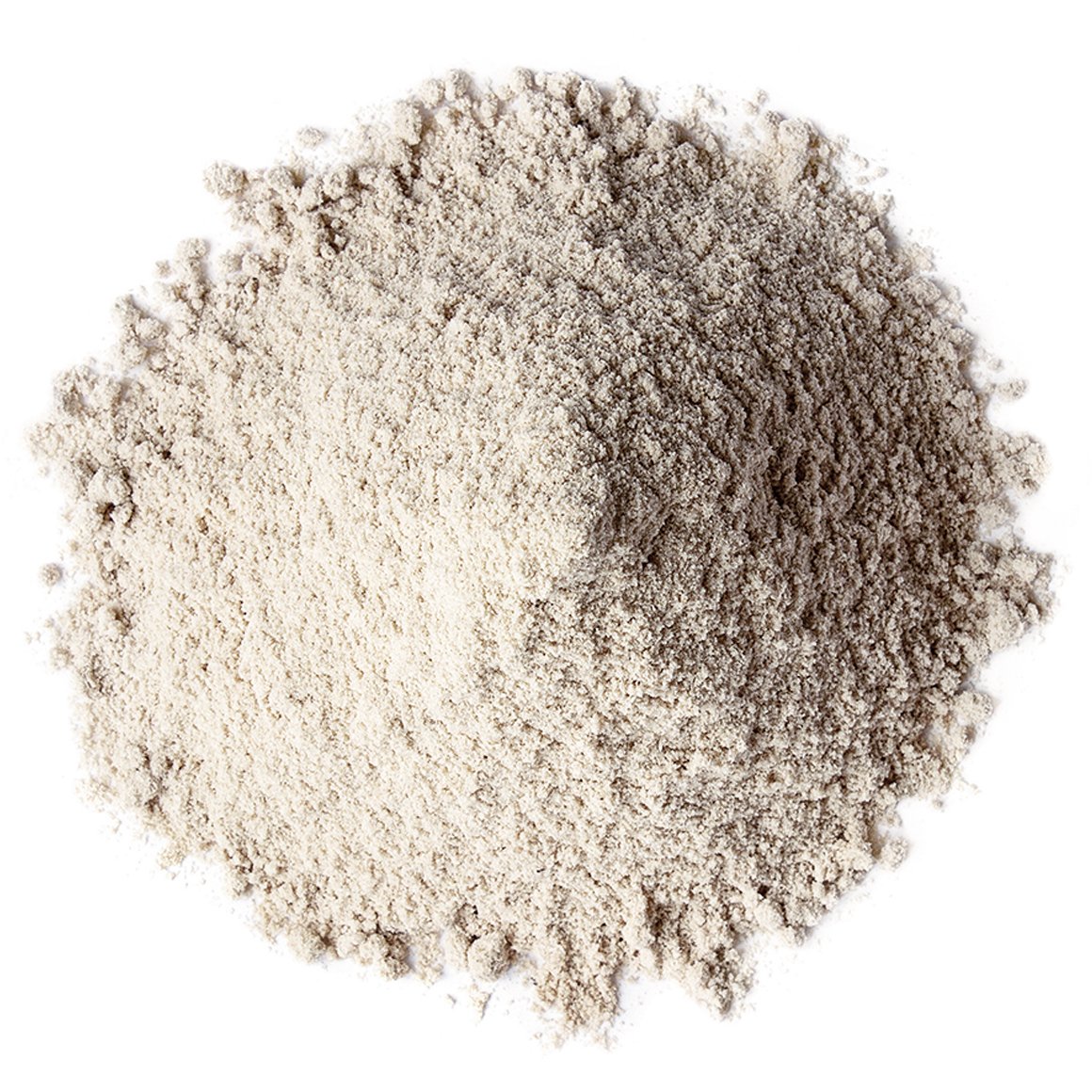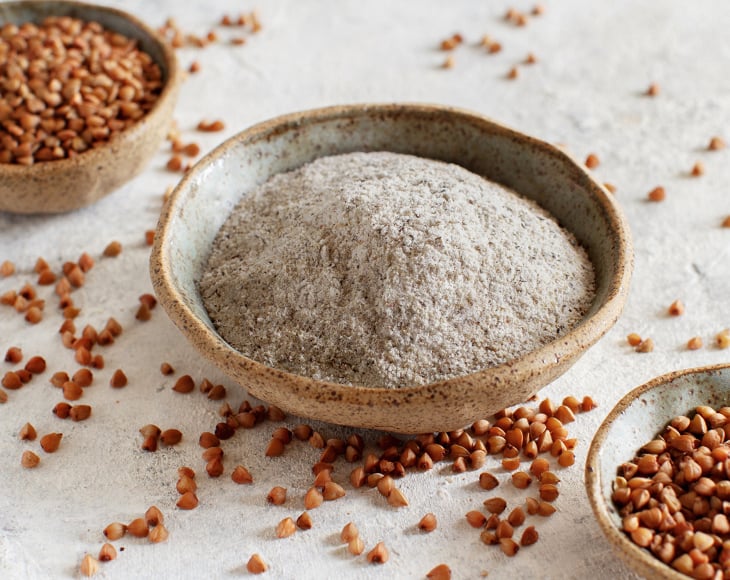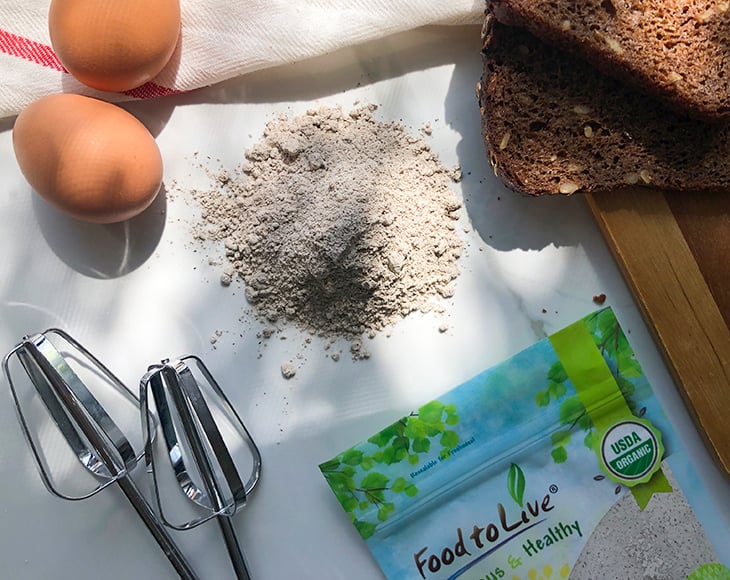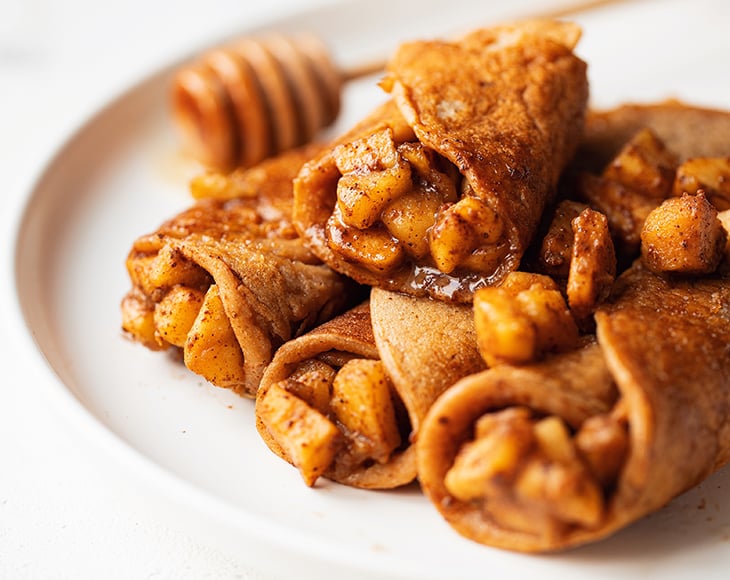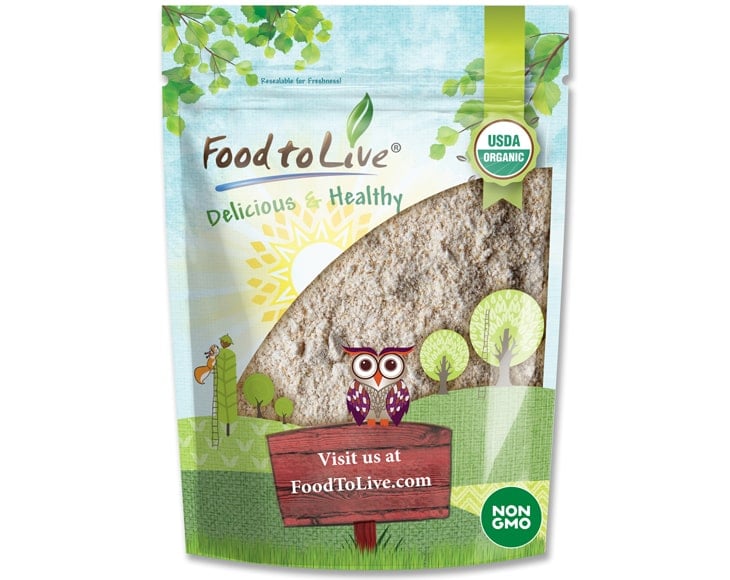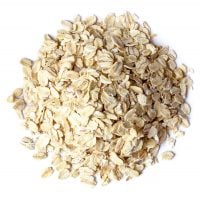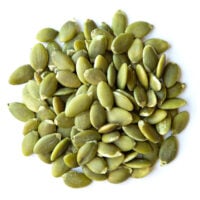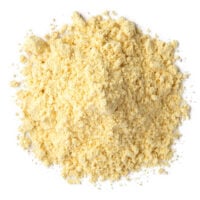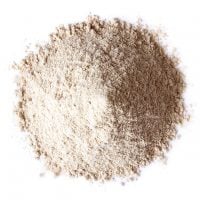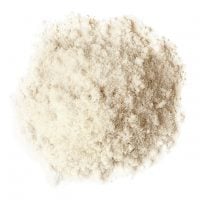- — Kosher, Non-GMO, Organic, Raw, Vegan
- — Unbleached, Unbromated, Unenriched
- — Very Low in Cholesterol, Sodium, Saturated Fat
- — Good Source of Dietary Fiber, Magnesium, Manganese, and Iron
Toasty and rich-flavored, Organic Flour from Food To Live is an excellent option for baking amazing treats. It’s rich in nutrients and beats most other flours in this regard. Moreover, Buckwheat is naturally low in calories and fats. Therefore, it’s one of the best grains for a weight management diet. Food To Live Organic Buckwheat Flour is non-GMO, toxin-free, and safe for your family. We do everything within our power to ensure all our products are rich in nutrients they get from nature. We produce this flour by grinding whole seeds of the buckwheat plant. Therefore, it retains all the elements that make this grain an outstanding dietary choice.
Organic Buckwheat Flour: Nutrition and Benefits
One cup of organic flour gives you about a quarter of the recommended daily amount of zinc and iron. These elements are hard to get from food alone, especially for vegans and vegetarians. However, this grain is favored by athletes, bodybuilders, and everyone who wants control of their weight and muscle mass. It’s rich in protein and dietary fiber but has fewer calories than most other grains. Due to its nutritional value, organic whole grain buckwheat flour is perfect for everyone. In addition, it benefits your well-being, including the heart and vessels.
How to Use Organic Buckwheat Flour
The great thing about organic buckwheat flour is that you can use it in many recipes, ranging from crepes to muffins. Some chefs even use it as a thickener for sauces and soups. It gives the dish an exquisite flavor and boosts its nutritional value. You can use organic whole buckwheat flour for baking. However, you’ll need to mix it with some all-purpose flour mix. Without this, the final product will be far too chewy and “dense.” It’s usually best to mix flours using one part buckwheat and three parts other grains/legumes. However, dishes like pancakes, waffles, and crepes might do well with a 50-50 ratio. Some even use organic buckwheat flour only, but you’ll need to run a few “tests” for those recipes. Note that it’s better to use light buckwheat flour for making muffins and pastries. However, this product has a lower nutritional value than one made by milling whole seeds.
Whole Grain Flour: Storage Tips
Organic Whole Buckwheat Flour from Food To Live will keep well for months. It’ll be best to store it in the fridge to prevent rancidity. Make sure that the product stays dry.
Healthy Baking Made Easy with Organic Buckwheat Flour!



